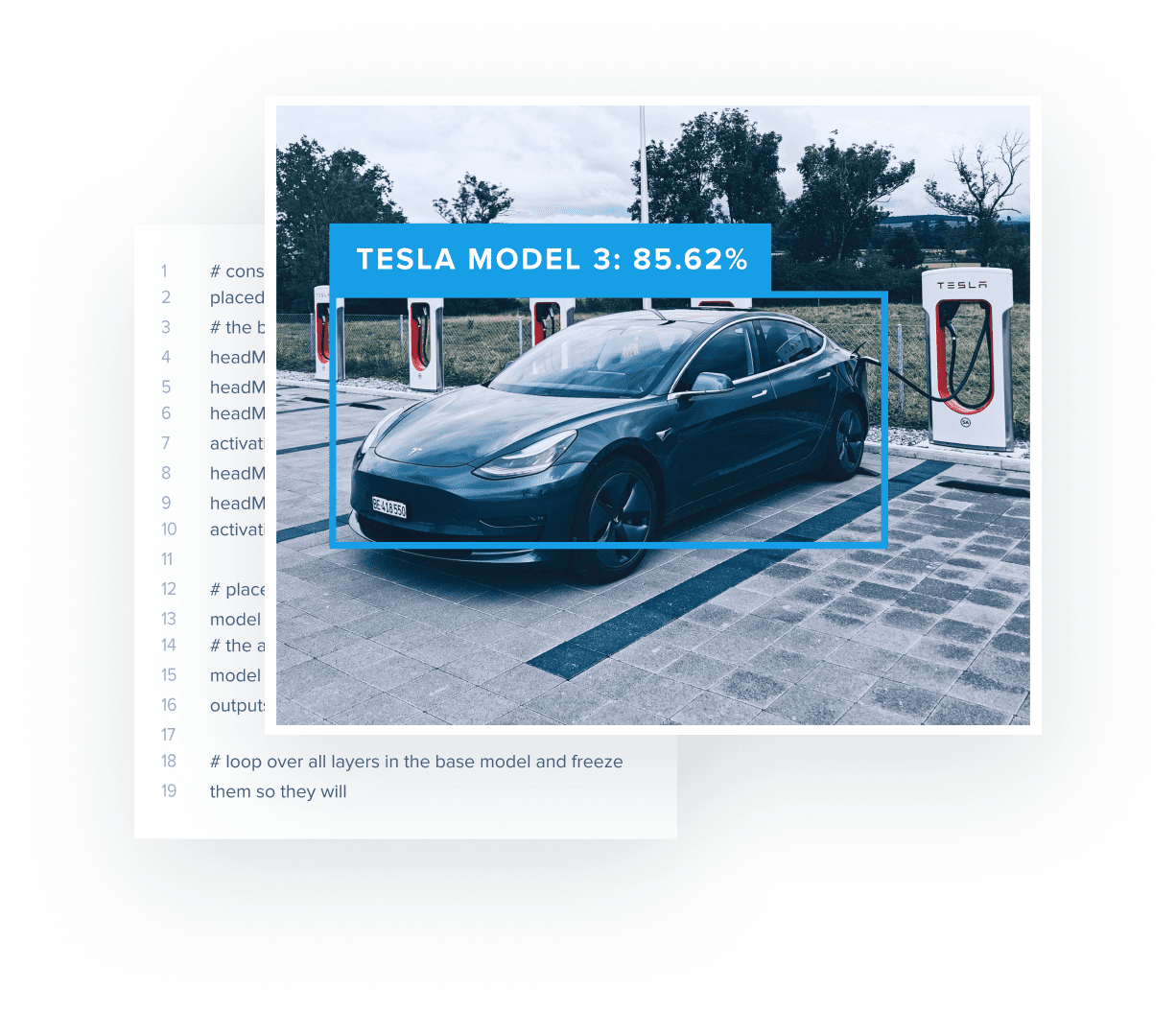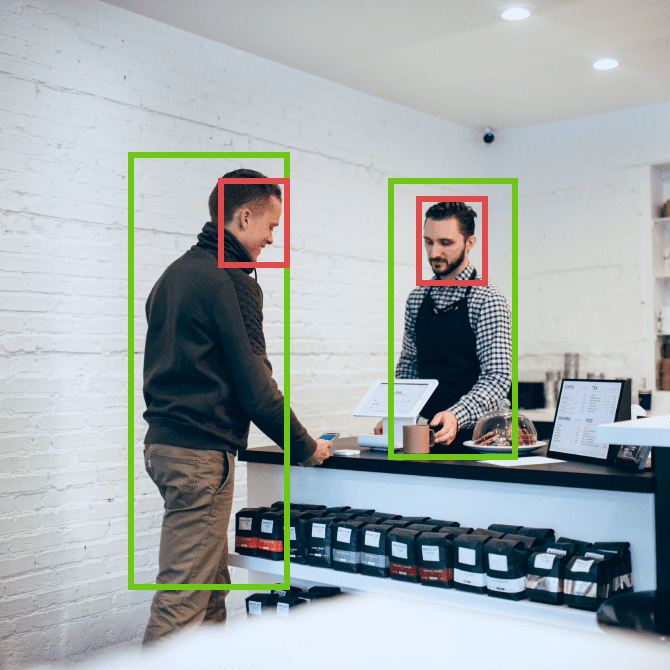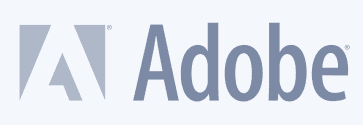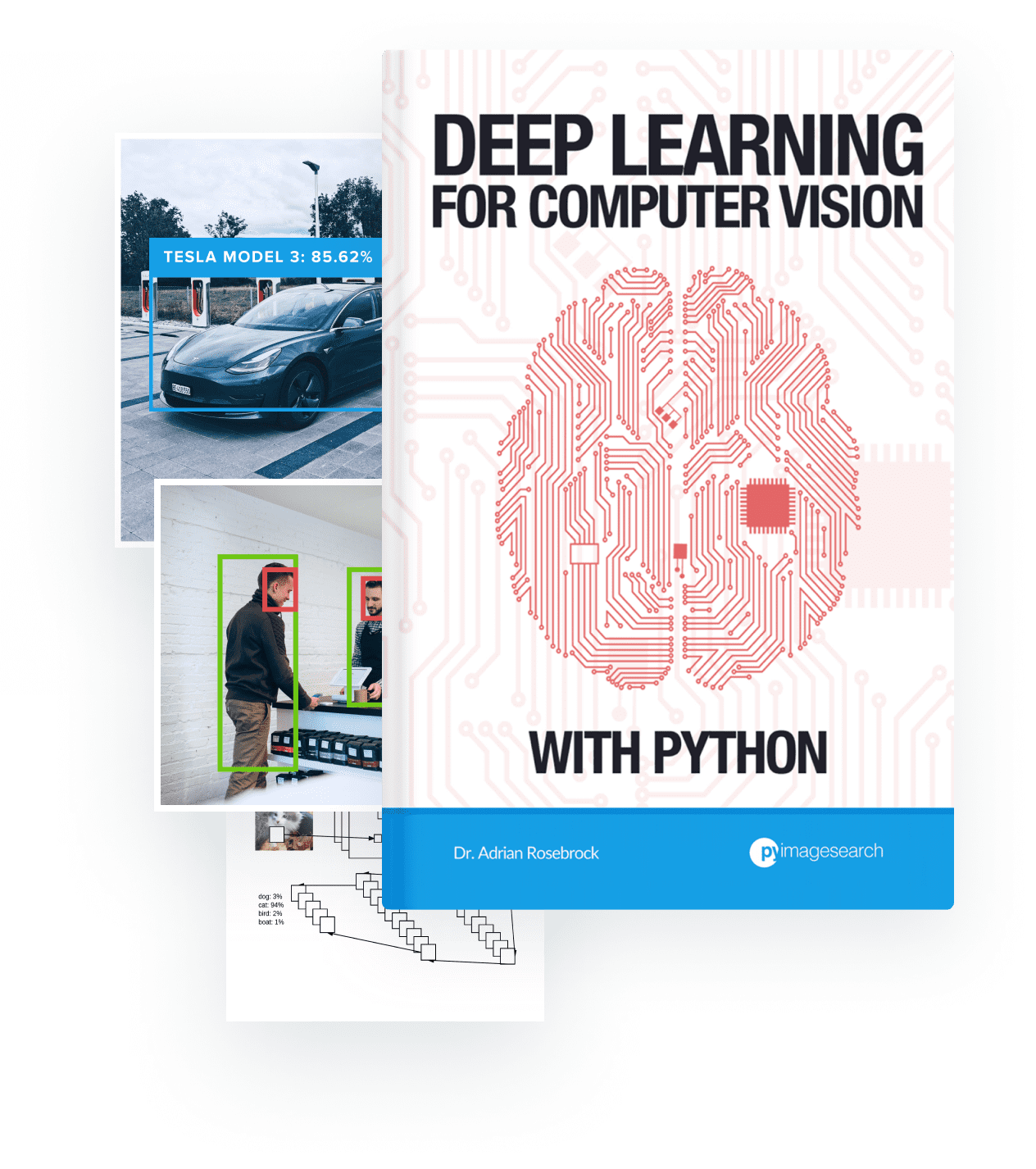Don't worry; you won't get bogged down by tons of theory and complex equations. We'll start off with the basics of machine learning and neural networks. Learn in a fun, practical way with lots of code. You'll be a neural network ninja in no time, and be able to graduate to the more advanced content.
This book is a great, in-depth dive into practical deep learning for computer vision.”
François CholletCreator of Keras
Take a sneak peek at what's inside...
This book has one goal — to help developers, researchers, and students just like yourself become experts in deep learning for image recognition and classification.
I highly recommend grabbing a copy of Deep Learning for Computer Vision with Python. It goes into a lot of detail and has tons of detailed examples. It’s the only book I’ve seen so far that covers both how things work and how to actually use them in the real world to solve difficult problems. Check it out!”
Adam GeitgeyAuthor of Machine Learning is Fun! blog series
Phenomenal. The concepts on deep learning are so well explained that I will be recommending this book to anybody not just involved in computer vision but AI in general.”
Dr. Zig ZdziarskiPhD in CV and ML, author at Zbigatron
Just getting started with deep learning? Or already a pro?
No problem, I have you covered either way.

Are you just getting started in deep learning?
Are you already a seasoned deep learning pro?
This book isn't just for beginners — there's advanced content in here, too. You'll discover how to train your own custom object detectors and instance segmentation networks using deep learning. You'll build a custom framework that can be used to train very deep architectures on the challenging ImageNet dataset from scratch. I'll even show you my personal blueprint which I use to determine which deep learning techniques to apply when confronted with a new problem. Best of all, these solutions and tactics can be directly applied to your current job and research.

Regardless of your experience level, you'll find tremendous value inside Deep Learning for Computer Vision with Python, I guarantee it.


What is this book?
And what does it cover?
Deep Learning for Computer Vision with Python will make you an expert in deep learning for computer vision and visual recognition tasks.
Inside the book we will focus on:
- Neural Networks and Machine Learning
- Convolutional Neural Networks (CNNs)
- Object detection, localization, and segmentation with deep learning
- Training large-scale (ImageNet-level) networks
- Hands on implementations using the Python programming language and the Keras, TensorFlow 2.0, and mxnet deep learning libraries
After going through Deep Learning for Computer Vision with Python, you'll be able to solve real-world problems with deep learning.
I'm ready to order my copy nowUtilize Python, Keras, TensorFlow 2.0, and mxnet to build deep learning networks.
Python, TensorFlow 2.0, Keras, and mxnet are all well-built tools that, when combined, create a powerful deep learning development environment that you can use to master deep learning for computer vision and visual recognition.
We'll be utilizing the Python programming language for all examples in this book. Python is an easy language to learn and is hands-down the best way to work with deep learning algorithms.
To build and train our deep learning networks we'll primarily be using TensorFlow 2.0 and the Keras API inside of TF 2.0 (i.e., tf.keras). Using Keras and TensorFlow 2.0 is the fastest, easiest way to go from idea, to experimentation, to result.
We'll also use mxnet, a deep learning library that specializes in distributed, multi-machine learning. The ability to parallelize training across GPUs/devices is critical when training deep neural network architectures on massive datasets (such as ImageNet).
Each library that we use in this book will be thoroughly reviewed to ensure you understand how to build & train your own deep learning networks.
Dr. Rosebrock delivers on what he promises! [Inside the book] he focuses on mastering deep learning concepts, lays down the theoretical foundation, develops interesting deep learning and computer vision projects with detailed explanation of Python scripts, and puts to your disposal priceless expertise to get you quickly engaged in the incredible field of deep learning. There is just no other book like this that I know of!”
David BoulangerResearch Assistant in Data Analytics

You're probably wondering...
“Is this book right for me?”
This book is for developers, researchers, and students who have at least some programming experience and want to become proficient in deep learning for computer vision & visual recognition.
If any of these descriptions fit you, rest assured: you're the target student. I wrote this book for you.
- You are a computer vision developer that utilizes OpenCV (among other image processing libraries) and are eager to level-up your skills.
- You have experience with machine learning and want to break into neural networks/deep learning for image understanding.
- You are a college student and want more than your university offers (or want to get ahead of your class).
- You are a scientist looking to apply deep learning + computer vision algorithms to your research.
- Your utilize computer vision algorithms in your own projects but have yet to try deep learning.
- You used deep learning in projects before, but never in the context of visual recognition and image understanding.
- You write Python/machine learning code at your day job and are motivated to stand out from your coworkers.
- You are a "machine learning hobbyist" who knows how to program and wants to understand what this "deep learning" thing is all about.

Download the FREE Deep Learning
for Computer Vision Chapter!
See for yourself how my book can help you master deep learning and computer vision.
Adrian possesses a very rare talent of making complex concepts easy to grasp.”
Jean-Francois ParentPython Programmer at ChallengeU
I'm constantly recommending your [PyImageSearch.com] site to people I know at Georgia Tech and Udacity. While I consider Udacity the gold standard, I would rate your material at the same level. Keep up the good work.”
Andrew BakerSenior Software Engineer at Honeywell
Trusted by members of top machine learning companies and schools. Join them in deep learning mastery.




















